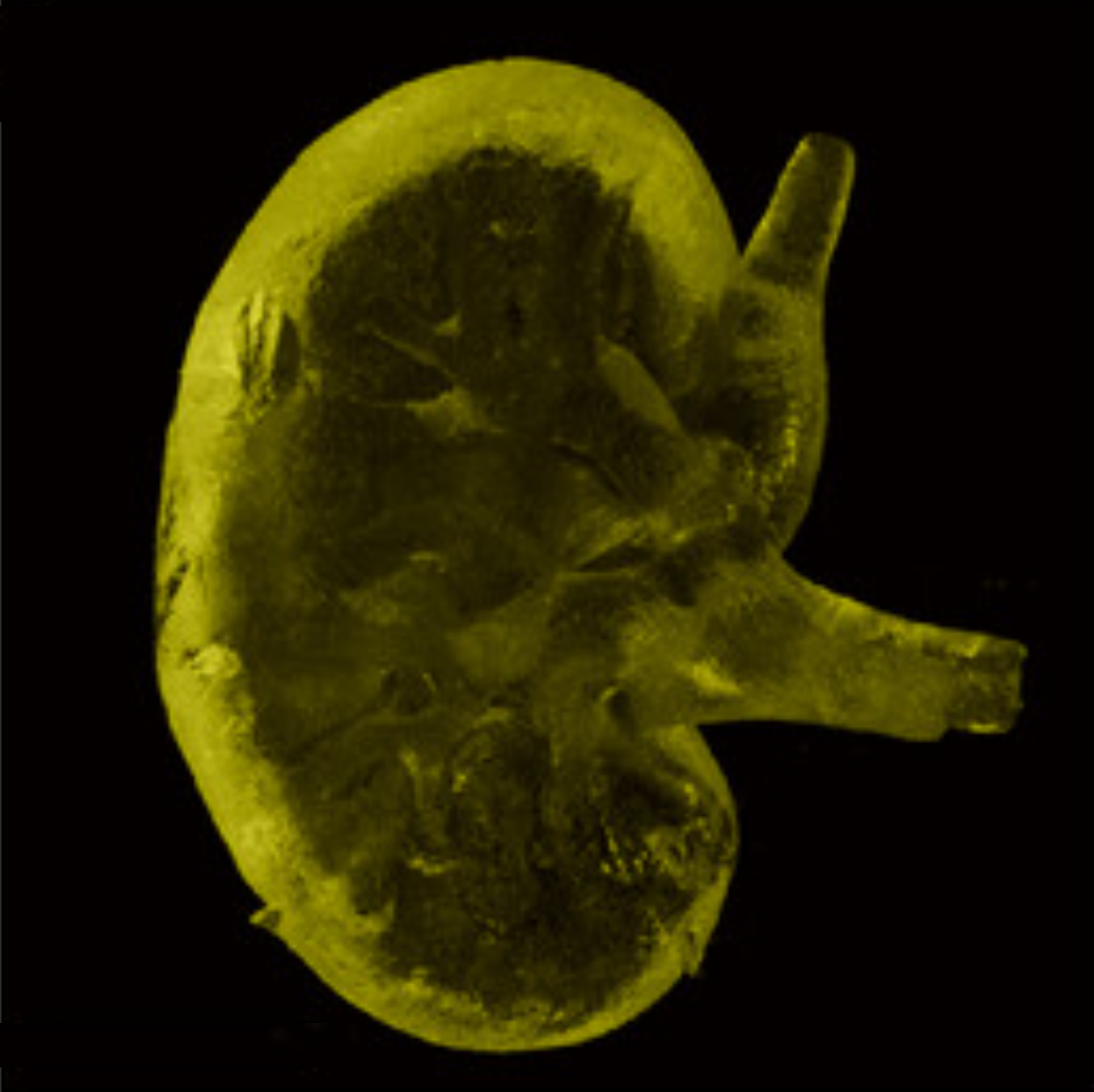Revolutionary molecule combats autoimmune diseases, including lupus and Crohn’s disease
This groundbreaking study marks a significant step forward in our understanding of autoimmune disorders, offering a ray of hope for millions

This groundbreaking study marks a significant step forward in our understanding of autoimmune disorders, offering a ray of hope for millions of individuals grappling with autoimmune disorders. (CREDIT: Velimir Zeland / Shutterstock)
In a groundbreaking discovery, scientists at Scripps Research have developed a tiny molecule that could pave the way for innovative therapies targeting autoimmune diseases, such as systemic lupus erythematosus (SLE) and Crohn's disease.
At the heart of this breakthrough is a protein called SLC15A4, previously deemed "undruggable" due to its elusive nature. For years, scientists struggled to isolate it, unravel its structure, or understand its precise role within the immune system. However, that has all changed now, thanks to this groundbreaking research.
Published in the prestigious journal Nature Chemical Biology, this research brings newfound hope for millions of individuals grappling with autoimmune disorders.
SLC15A4 is an endolysosome-resident transporter linked with autoinflammation and autoimmunity. (CREDIT: Nature Chemical Biology)
The study demonstrates the effectiveness of a compound in reducing inflammation in mouse models of inflammation, as well as in isolated cells from individuals diagnosed with lupus. This compound not only offers a powerful tool for investigating SLC15A4's role in autoimmunity but also holds the potential to advance towards additional preclinical trials for a novel therapeutic approach.
Senior author Christopher Parker, PhD, an associate professor in the Department of Chemistry at Scripps Research, emphasizes the significance of this breakthrough: "This is an example of a protein that had been correlated with disease in a number of ways, including human genetics and various disease models, but no one had been able to develop small molecules to target it. We not only created such a compound, but we validated that it can have therapeutic effects."
The journey to understanding SLC15A4 began in 2010 when Bruce Beutler, MD, the Chair of Genetics at Scripps Research at the time (now at the University of Texas Southwestern Medical Center), first characterized the protein.
Related Stories
Beutler's pioneering work revealed that SLC15A4 proteins played a pivotal role in controlling immune responses and that elevated levels were associated with inflammation. Furthermore, removing the SLC15A4 gene from lupus-afflicted mice ameliorated their disease. These findings opened doors to further exploration of the protein's role in autoimmune disorders.
Subsequent research uncovered higher levels of SLC15A4 in some patients with lupus and Crohn's disease, and intriguingly, SLC15A4 mutations appeared to reduce the likelihood of developing these diseases.
However, delving deeper into the protein's mysteries proved to be a formidable challenge. John Teijaro, PhD, a professor in the Department of Immunology and Microbiology and co-senior author of the study, explains, "It is an incredibly complicated protein that is embedded in very specific membranes within immune cells. It doesn't behave very well when you remove it from this environment, which makes it incredibly difficult to carry out most typical assays or drug screens."
What is Lupus? (CREDIT: CreakyJoints.org)
Undaunted by the complexity of SLC15A4, Parker's lab pioneered innovative methods for introducing chemical probes into living cells. These probes allowed them to screen for molecules that could bind to SLC15A4 within the cell environment.
In their groundbreaking study, they identified nine molecular fragments capable of binding to SLC15A4 proteins inside human immune cells. Among these fragments, one stood out—FFF-21. It not only physically attached to SLC15A4 but also hindered its inflammatory function.
Pharmacological inhibition of SLC15A4 suppresses multiple innate signaling pathways in human immune cells. (CREDIT: Nature Chemical Biology)
"This not only helps move forward research on SLC15A4, but also validates our overall approach," Parker remarks. "This general strategy can be applied to lots of other challenging drug targets."
The researchers didn't stop there. They created numerous modified versions of FFF-21 to gauge their potency. One variation, AJ2-30, exhibited remarkable effectiveness. In various cell types, including healthy human immune cells and cells from lupus patients, AJ2-30 successfully blocked SLC15A4's function, halting inflammation in its tracks.
Crucially, when cells lacked the SLC15A4 gene, AJ2-30 no longer had any effect, confirming its specific interaction with the problematic protein. Furthermore, experiments revealed that AJ2-30 not only blocked SLC15A4 but also prompted its degradation by cells.
John Teijaro underscores the significance of these findings: "We didn't know until now whether pharmaceutically blocking SLC15A4 could lessen some of the cellular signs of lupus, but in this paper, we showed that it does that. We don't yet have data on other diseases, but we suspect that there are a number of other autoimmune diseases that a molecule like this could be effective for."
While more research is needed before AJ2-30 or related compounds can enter clinical trials, the door has been opened for a promising avenue in the fight against autoimmune diseases. The researchers are already planning to design improved versions of the drug for continued exploration. This groundbreaking study marks a significant step forward in our understanding of autoimmune disorders, offering a ray of hope to those who suffer from them.
For more science news stories check out our New Discoveries section at The Brighter Side of News.
Note: Materials provided above by The Brighter Side of News. Content may be edited for style and length.
Like these kind of feel good stories? Get the Brighter Side of News' newsletter.



